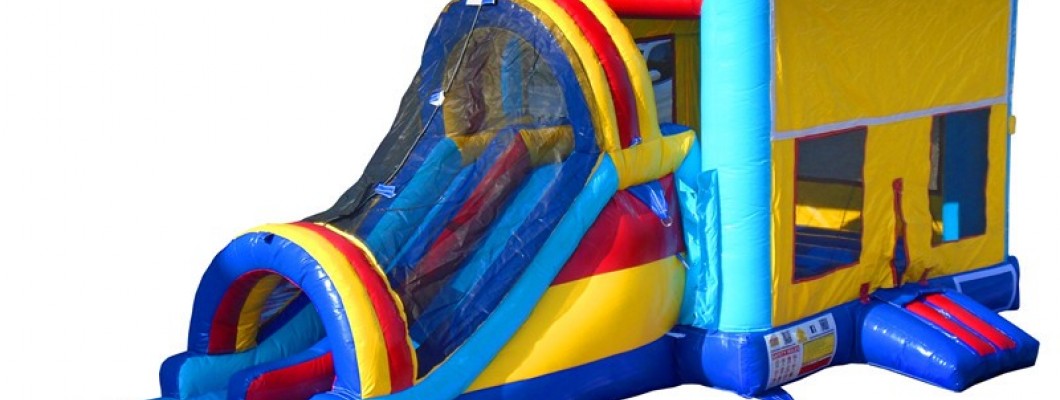
Securing a bounce house properly is crucial for preventing accidents and ensuring the safety of everyone using it. Whether you're setting up for a birthday party, festival, or any other event, taking the right steps to anchor and stabilize the bounce house will help prevent it from shifting or tipping over. Here’s a comprehensive guide on how to secure a bounce house effectively:
1. Choose the Right Location
Before setting up the bounce house, select a flat, even surface. Avoid areas with slopes, uneven ground, or sharp objects. A level surface helps distribute the bounce house’s weight evenly and reduces the risk of it tipping or shifting.
2. Use Proper Anchoring Equipment
Anchoring is essential to keep the bounce house in place. Use the following equipment:
- Stakes: For grass or dirt surfaces, heavy-duty stakes are typically used. Drive them into the ground at a 45-degree angle through the loops or straps on the bounce house. Ensure they are securely in place and check them regularly during use.
- Sandbags: For hard surfaces like concrete or asphalt, sandbags or weighted blocks can be used. Place these bags on the designated anchor points to keep the bounce house from moving. Ensure the bags are heavy enough to provide adequate stability.
- Water Barrels: Water barrels are another option for securing bounce houses on hard surfaces. Fill them with water and place them on the anchor points to provide weight and stability.
3. Inspect and Secure the Blower
The blower that keeps the bounce house inflated also needs to be secured:
- Placement: Place the blower on a stable surface away from the bounce house to prevent it from being knocked over. Ensure it is set up according to the manufacturer’s instructions.
- Anchoring: Secure the blower using straps or weights if necessary. This prevents it from moving or tipping, which could affect the bounce house’s inflation and stability.
4. Check and Maintain Stability Regularly
Regular checks are important to ensure ongoing stability:
- Visual Inspection: Periodically check that all stakes, sandbags, or water barrels remain in place and that the bounce house is not shifting. Adjust or add more anchors if needed.
- Reinforce Anchors: If the ground conditions change or if you notice the bounce house becoming unstable, reinforce the anchors. For example, if it starts to rain, the ground may become softer, requiring additional stakes or weights.
5. Follow Manufacturer’s Guidelines
Always refer to the manufacturer’s instructions for specific guidelines on securing the bounce house. Different models may have varying requirements for anchoring and setup. Adhering to these instructions ensures proper setup and safety.
6. Educate Users
Ensure that all users, especially children, understand the rules and limitations of the bounce house. Educate them about safe play practices and the importance of following the rules to avoid accidents.
Conclusion
Securing a bounce house properly involves selecting the right location, using appropriate anchoring equipment, inspecting and securing the blower, and regularly maintaining stability. By following these steps and adhering to the manufacturer’s guidelines, you can create a safe and enjoyable environment for everyone. Remember, safety is key to ensuring that your bounce house provides fun without accidents.

Leave a Comment